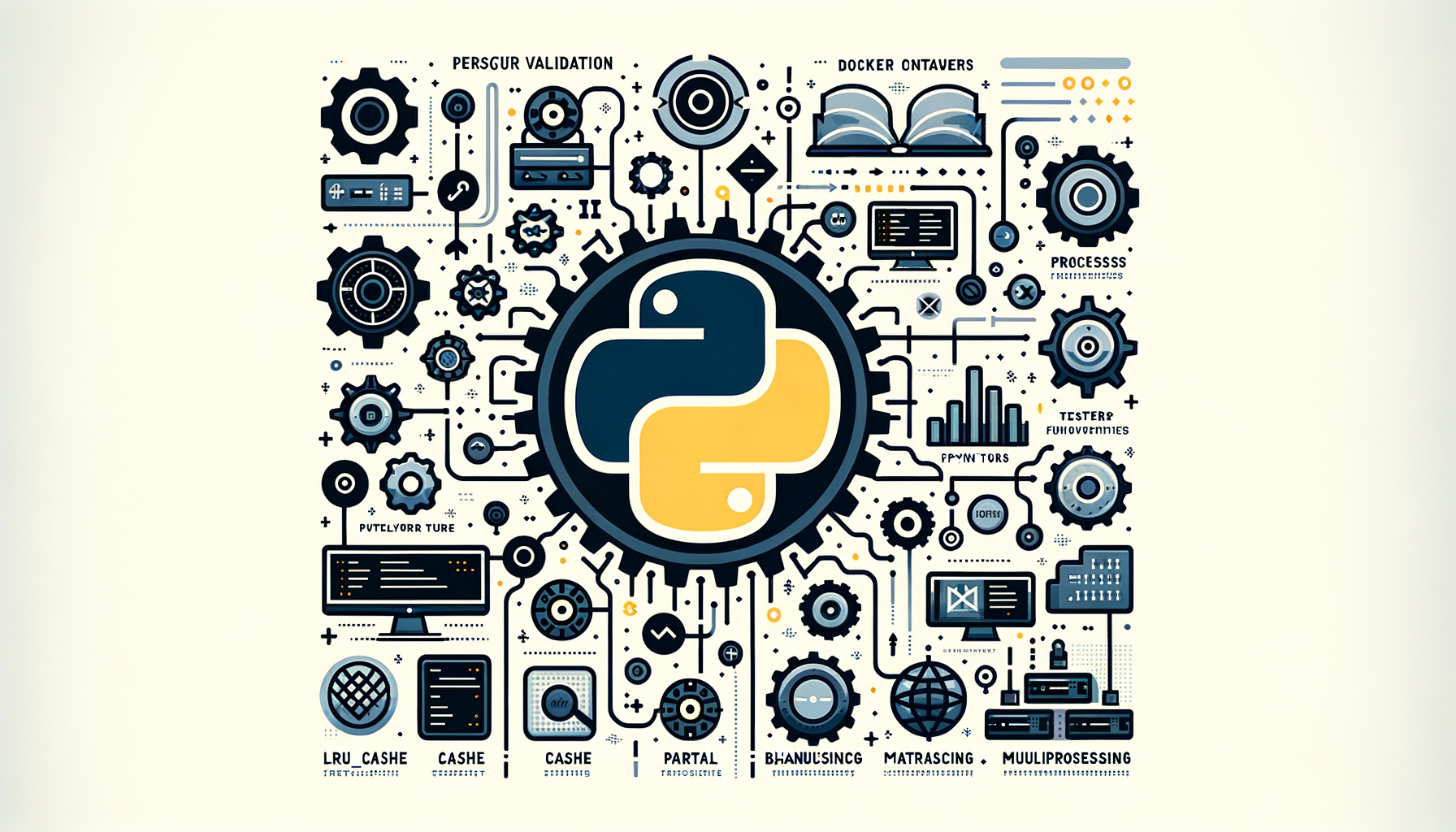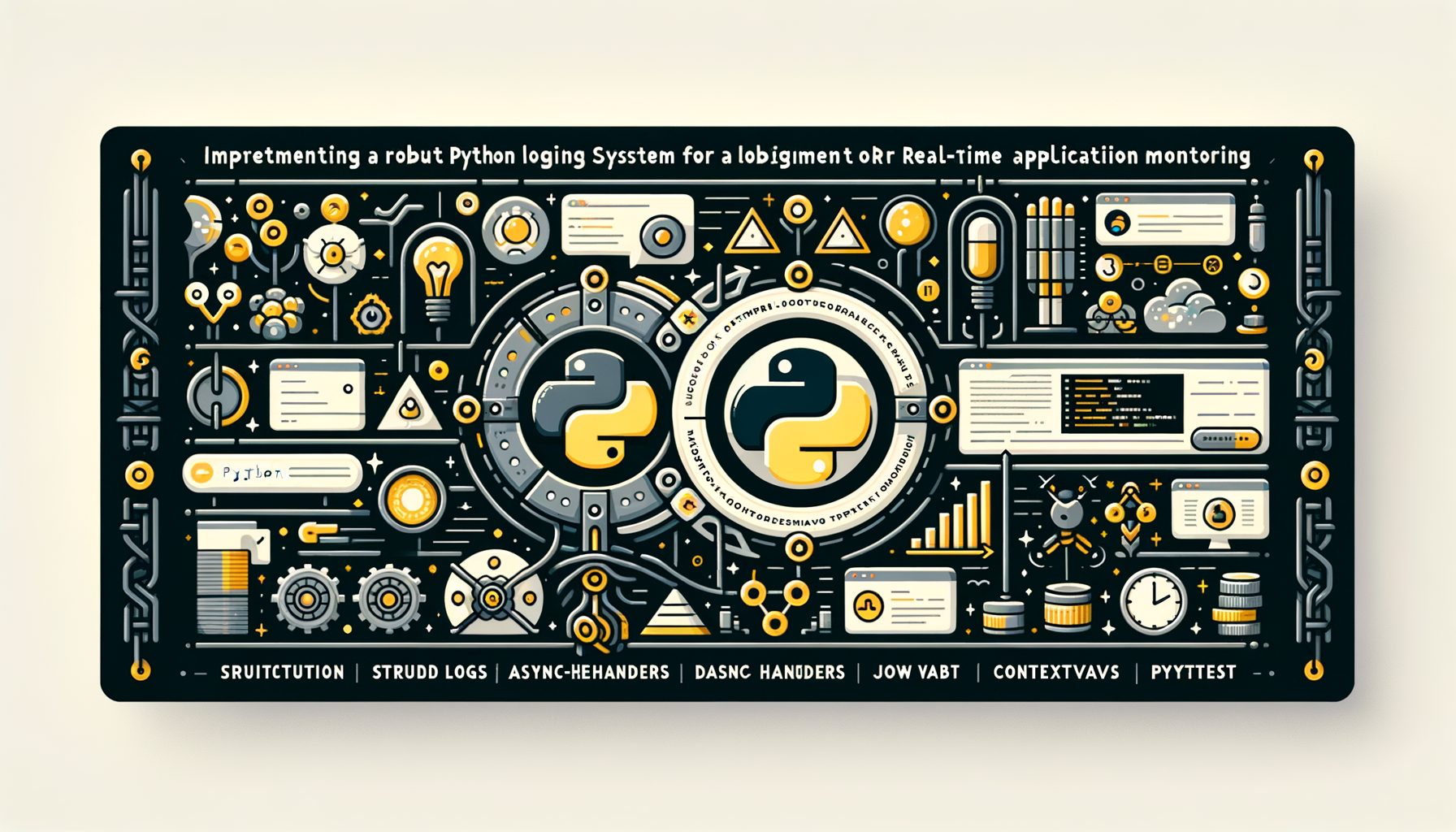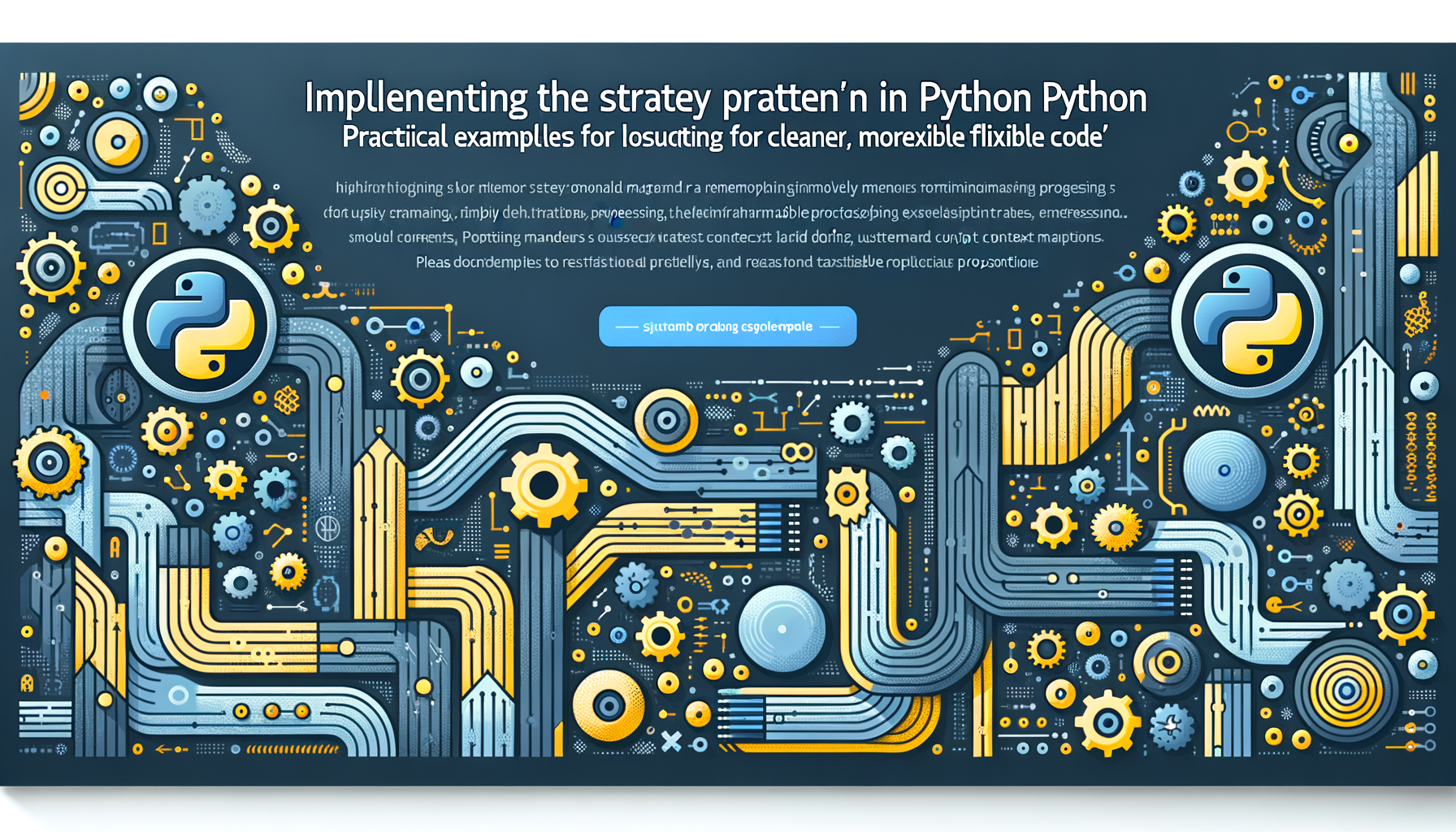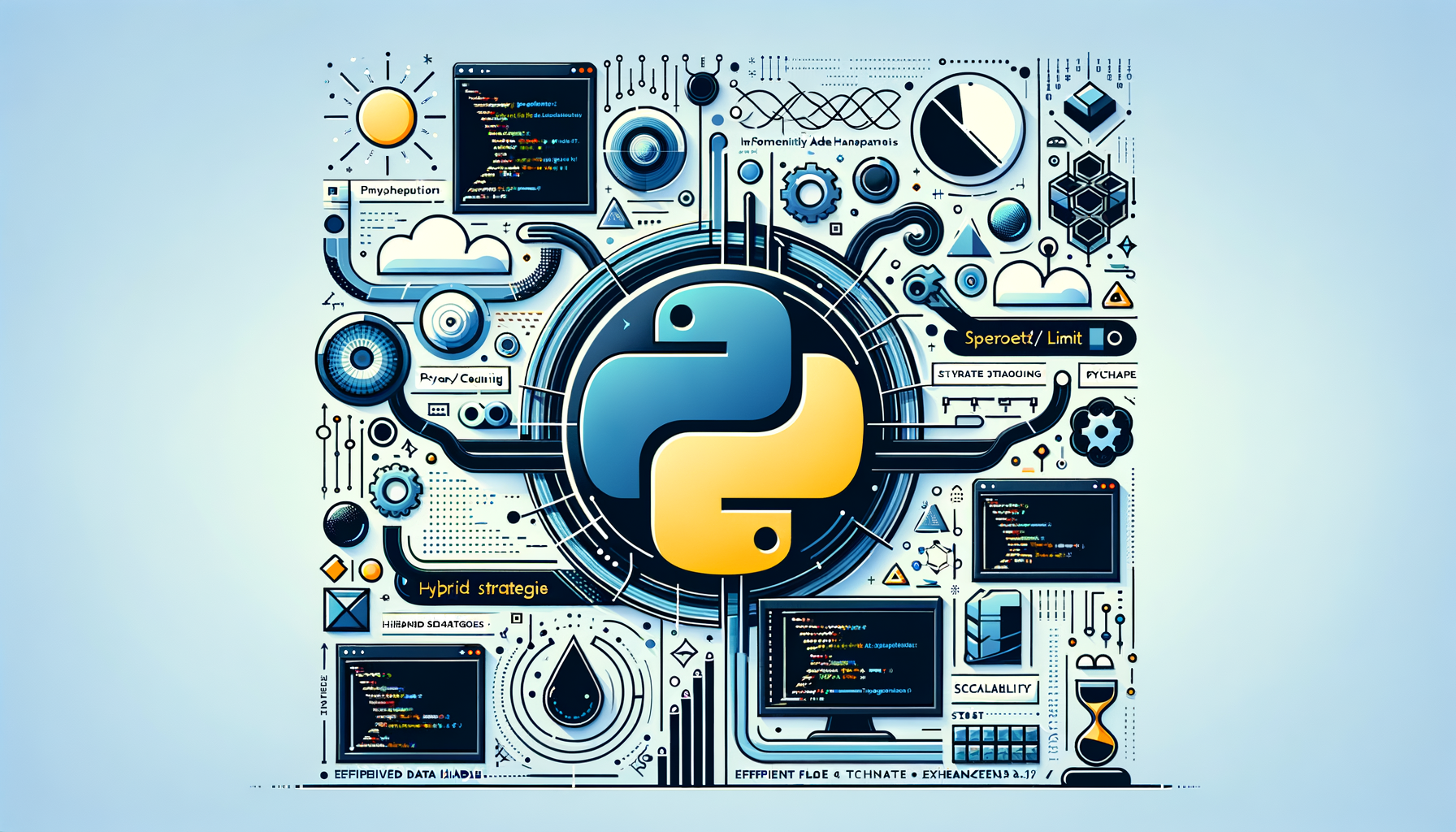Search Results
12 results found for ""

Dive into the world of Python debugging with pdb, the built-in debugger that empowers developers to pinpoint and resolve errors swiftly. This comprehensive guide offers intermediate learners practical tips, step-by-step examples, and best practices to transform your debugging workflow, saving you hours of frustration. Whether you're building data pipelines or automating tasks, mastering pdb will elevate your coding efficiency and confidence.

Unlock the practical power of Python's functools to write cleaner, faster, and more maintainable code. This post walks intermediate Python developers through key functools utilities—lru_cache, partial, wraps, singledispatch, and more—using real-world examples, performance notes, and integration tips for web validation, Docker deployment, and multiprocessing.

Unlock the full potential of Python for CPU-intensive workloads by diving into the multiprocessing module, a game-changer for overcoming the Global Interpreter Lock (GIL) limitations. This comprehensive guide explores practical strategies, real-world examples, and best practices to parallelize your code, dramatically enhancing performance in tasks like data processing and simulations. Whether you're an intermediate Python developer looking to optimize your applications or curious about concurrency, you'll gain actionable insights to implement multiprocessing effectively and avoid common pitfalls.

Learn how to design and implement a production-ready Python logging system for real-time monitoring. This post covers structured logs, async-safe handlers, JSON output, contextual enrichment with dataclasses and contextvars, testing strategies with pytest, and integrating logging into a Flask + JWT web app for actionable observability.

Dive into the world of data engineering with this comprehensive guide on building robust ETL pipelines using Python. Whether you're handling massive datasets or automating data workflows, learn practical tools like pandas and Airflow, along with techniques for optimization and testing to ensure your pipelines are efficient and reliable. Perfect for intermediate Python developers looking to elevate their data processing skills and implement best practices in real-world scenarios.

Learn how to use Python's built-in HTTP client libraries to build efficient, robust API clients. This post walks through practical examples—GET/POST requests, persistent connections, streaming, retries, response validation with Pydantic, custom logging, and parallel requests with multiprocessing—so you can interact with APIs reliably in production.

Dive into the world of concurrent programming with Python's multi-threading capabilities, where you'll learn to boost application performance and handle tasks efficiently. This comprehensive guide breaks down key concepts, provides practical code examples, and explores best practices to avoid common pitfalls, making it ideal for intermediate Python developers. Whether you're building responsive apps or optimizing I/O-bound operations, discover how multi-threading can transform your projects with real-world scenarios and actionable insights.

The Python with statement is more than syntactic sugar — it's a powerful tool for safe, readable file handling in real-world applications. This guide walks through core concepts, practical patterns (including atomic writes, compressed files, and large-file streaming), custom context managers, error handling, and performance considerations — all with clear, working code examples and explanations.

In the world of Python development, ensuring data integrity is crucial for building robust applications, and Pydantic emerges as a powerful tool for seamless data validation. This comprehensive guide walks you through implementing Pydantic in your projects, complete with practical examples and best practices to help intermediate learners elevate their coding skills. Discover how to validate data effortlessly, handle errors gracefully, and integrate validation into real-world scenarios, setting the foundation for more reliable software.

Learn how to implement the Strategy Pattern in Python with real-world examples that improve code clarity, testability, and extensibility. This post walks you from fundamentals to advanced techniques — including memory-conscious processing for large datasets, custom context managers for resource cleanup, and leveraging Python's built-in functions for concise strategies.

Dive into the world of multithreading in Python and discover how it can supercharge your I/O-bound applications, from web scraping to file processing. This comprehensive guide walks you through core concepts, practical code examples, and expert tips to implement threading effectively, while avoiding common pitfalls like the Global Interpreter Lock (GIL). Whether you're an intermediate Python developer looking to optimize performance or scale your apps, you'll gain actionable insights to make your code faster and more efficient—plus, explore related topics like dataclasses and the Observer pattern for even cleaner implementations.

Pagination is essential for building responsive, scalable Python web applications that handle large datasets. This post breaks down pagination strategies—offset/limit, keyset (cursor), and hybrid approaches—with practical Flask and FastAPI examples, performance tips, and advanced techniques like background prefetching using Python's threading module. Follow along to implement efficient, production-ready pagination and learn how related topics like automated file batching and Python 3.11 improvements can enhance your systems.